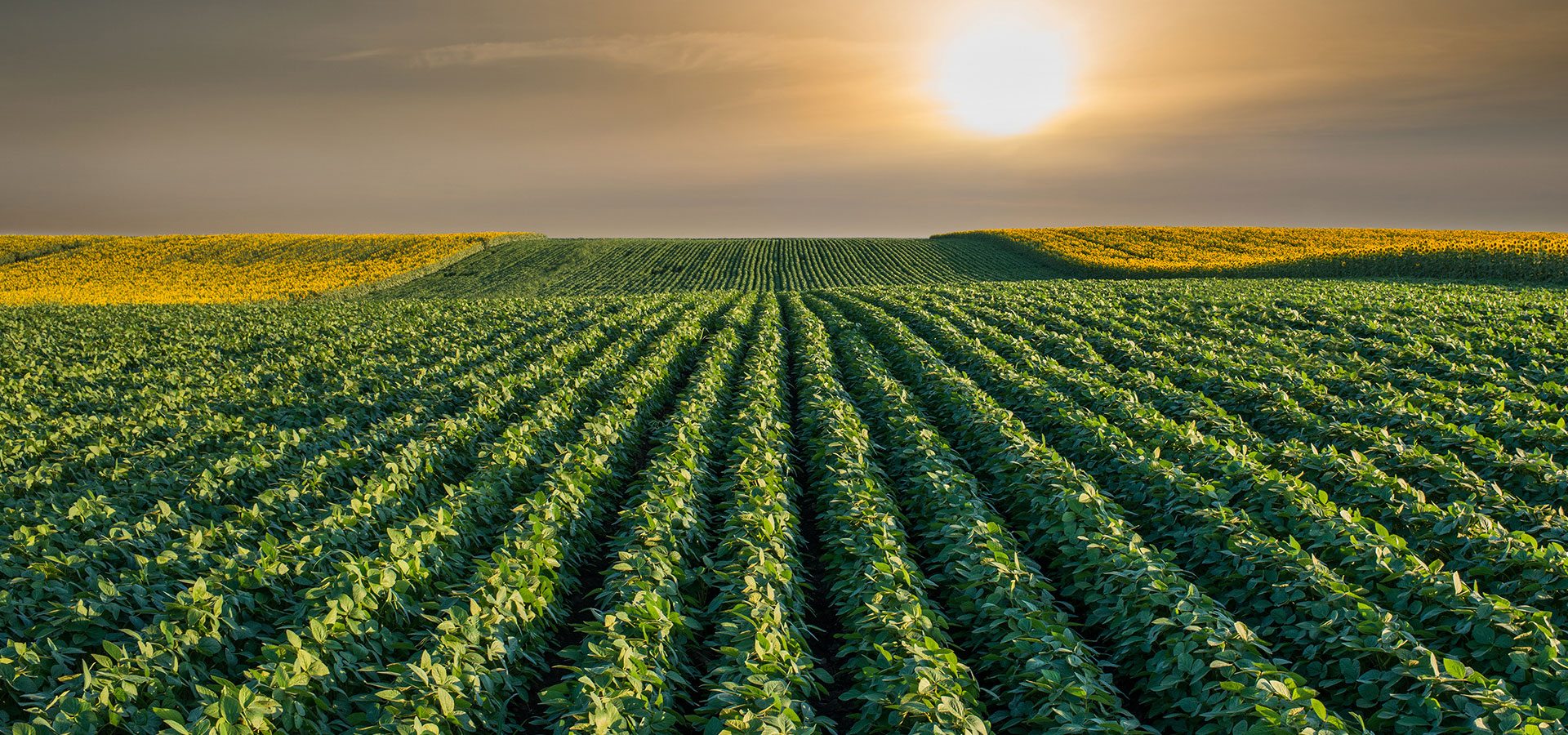
The 2018 Farm Bill was enacted on December 20th, 2018. Since then the United States Department of Agriculture (USDA) has been interpreting and implementing the changes from the 2014 Farm Bill. Enrollment is currently open at your local Farm Service Agency (FSA) office and I encourage you to get in and sign up. The March 16th deadline is fast approaching, and doesn’t sound like any extension will be granted.
We have been busy here at AgCountry helping farmers analyze their options. The biggest decisions are between Agriculture Risk Coverage – County (ARC-CO), Agriculture Risk Coverage – Individual Contract (ARC-IC), or Price Loss Coverage (PLC).
Although there have only been some minor tweaks to these programs, the current market environment has made the decision a little harder this time. In 2014, the majority of farmers selected ARC-CO for their corn, soybeans, and wheat base. This was mostly due to the timing of the decision, which was after a period of high prices and estimates looked good for ARC-CO payments at the time of enrollment. The majority of the minor oil seed crops (canola, sunflowers, and others) enrolled in PLC due to projected payments.
As area farmers make these decisions for the 2018 Farm Bill, many are looking at what might be payable for our 2019 crop. Although not all harvested, in many areas we have a good feeling for what the yields may be. This will allow many to use a farm bill calculator to see if there is a 2019 payment. Now this decision isn’t taken lightly, as whatever we decide for the 2019 crop year we are stuck with for the 2020 crop year as well.
Different from the last farm bill, this is only a two-year commitment and we can change our mind annually starting again in 2021. The previous farm bill mandated a five-year commitment as to what plan we wanted. That being said, we still want to make the best decision for these two years that we can. Farmers now are asking a simple question: What will 2019 pay?
Let me give you a little insight as to what seems to be the trend when analyzing the decision:
Price Loss Coverage (PLC)
The reference prices are published. As we stand today, PLC is estimating some payments. Current USDA estimates show projected 2019 PLC payments for: Wheat, barley, dry peas, lentiles, canola, large chickpeas, small chickpeas, sunflowers, and flaxseed. These prices will be final at the end of the 2019 marketing year, but at least we have an idea of what they could be. If we look at soybeans and corn, they are a little way away from a payment. The current estimate for soybeans is $9.00 with a reference price of $8.40, so we need a $0.60 drop in price before PLC even starts paying. Corn is at $3.85 with a reference price of $3.70. That one is only $0.15 away from paying, yet still projecting no payment at this time.
Agriculture Risk Coverage – County (ARC-CO)
When we look at ARC-CO yield also becomes a factor as they measure total revenue. The county yields won’t be published before our March 16th deadline, so we will need to make an educated guess for ARC-CO revenue. For those crops already projecting a PLC payment, chances are it will be higher than any ARC-CO payment dependent on the county and historical yields. For those crops not projecting a PLC payment, it looks like if your county averages slightly lower than normal on soybeans you will be very close to a payment. On corn, you need to have a significantly lower than average yield throughout the county before ARC-CO will kick in.
Agriculture Risk Coverage – Individual Contract (ARC-IC)
Now this option looks at what you specifically planted in 2019 and what your revenue result was. If you have completed harvest, you can get a pretty good idea if you would qualify for ARC-IC using one of the available calculators. One thing to consider here is the price being used to establish the revenue for your guarantee vs your actual revenue. For most years in corn we are using a price to establish the guarantee lower than today’s price of $3.85. With soybeans, most years are using prices higher than today’s price of $9.00. However, with ARC-IC we lump them all together to determine if there is a payable loss or not. So it’s a weighted average based on planted acres, which we then establish actual revenue based on yields harvested.
We are seeing this option be a little more attractive in areas where all crops planted to a farm have very low yields. If so, there is a chance to collect on this option. The other factor influencing this decision is prevented planting. If 100% of all the acres within a Farm Serial Number (FSN) are prevented planting, then you would be showing a payment based on how you certified those acres at FSA.
This decision is much tougher this year. With very few crops showing an estimated payment for 2019 people are digging into this farm bill much more than last time. The good news is again the first decision is only for two years and not five like the last bill. In most cases, spending just a little time with a farm bill calculator will give you enough insight to make a decision and move on. Spring will be here before we know it, and then we will have plenty other decisions to make.
If you have any questions, please feel free to contact your local AgCountry office or myself.
Good luck in 2020!



